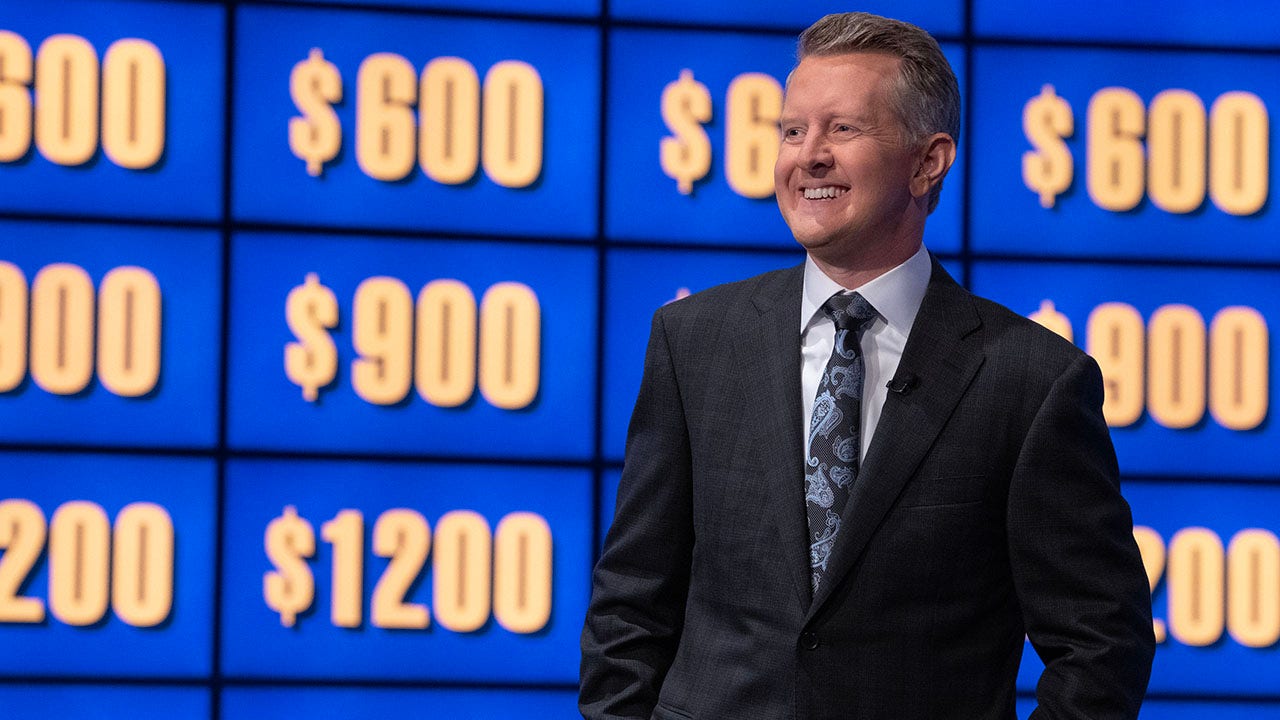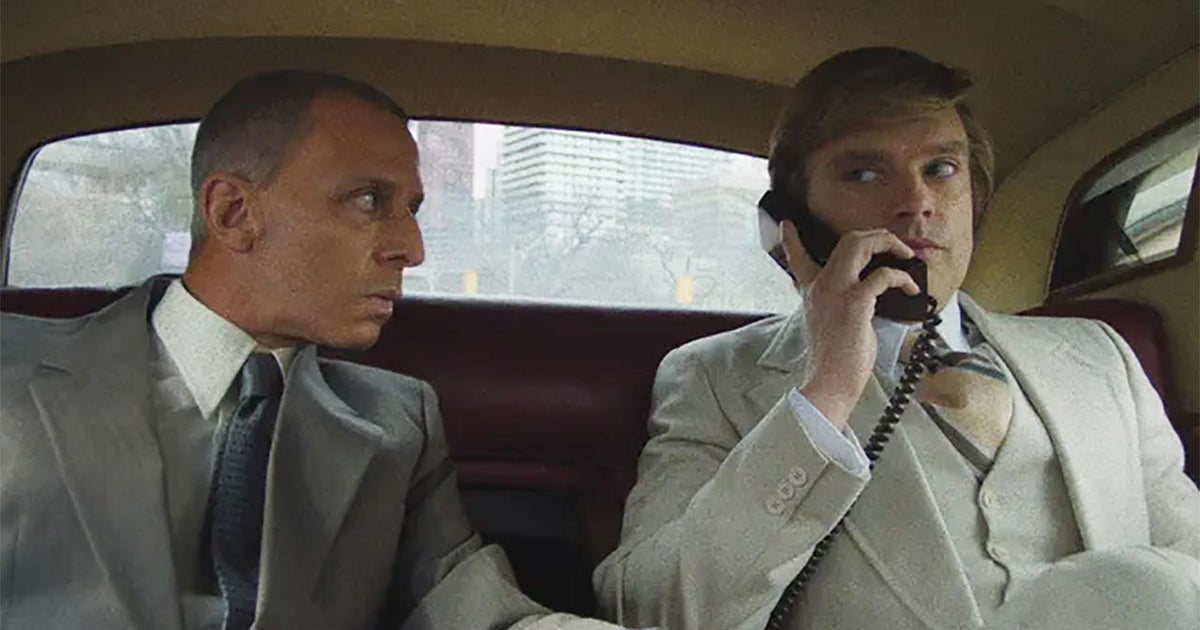Your wife might wonder if you need immediate psychiatric care. You might later tell Zimmerman this, and he might laugh.
Samuel Zimmerman wants to scare you because it’s his job.
He’s the curator at Shudder, the bespoke streaming service owned by AMC Networks that, alongside the movie studios Blumhouse and A24, is shaping the modern landscape of horror as the genre becomes evermore mainstream. Shudder is the only true streaming service dedicated to horror, a must-have for anyone interested in the gruesome, the grotesque, the grisly. Its expansive library includes around 500 titles at any given time. Though the company will not release numbers of Shudder, specifically, it has helped AMC Networks reach 11.5 million subscribers.
Zimmerman’s formal title is vice president of programing, but really he’s the (crypt) keeper of the feel-bad movie.
“Shudder has changed the entire face of horror in the last decade,” says Phil Nobile Jr., editor in chief of Fangoria. It is “a place that is curated by human beings who love movies.”
And, boy, does Zimmerman love movies. The scarier, the better.
On a blazing June afternoon, for nearly two hours over lunch at a Brazilian restaurant in the West Village, Zimmerman waxes horrific about horror, leaving his chicken Milanesa mostly untouched.
He’s engaging, soft-spoken, an unexpectedly gentle soul behind his My Bloody Valentine T-shirt. We chat about a scene from “In a Violent Nature,” in which a guy pulls a woman’s head through her stomach from behind, with a hook. Yeah, it’s confusing. It has earned a reputation among horror fans as “the pretzel kill.” He chuckles while talking about a large dog that bites a young girl’s head and shakes her to death(ish) like a rag doll in “When Evil Lurks.”
At the same meal, he lights up about how he loves cuddling his 1½-year-old son when the boy can’t sleep.
He describes some horror movies, like classic Stephen King adaptations, as “warm and comfy.”
We have different definitions of “warm and comfy.”
And he’s always on the hunt.
In the pre-streaming age, he might have been your nerdy neighborhood video store clerk, excitedly shoving an obscure VHS cassette into your hands — thrilled to share it because he just discovered it himself.
Yes, Zimmerman wants to scare the living hell out of you.
But he always wants to scare the living hell out of himself.
Zimmerman wasn’t always like this. In 1993, when he was about 5 years old, growing up in New York, his mom took him to the theater to see “Jurassic Park.” An early scene of a cow being eaten by a Tyrannosaurs rex upset him so much that they left the theater. “My mom always says, ‘We saw more of the lobby than we saw of the movie.’”
But soon enough, he began his accidental training for programming a horror streaming service, even if he couldn’t predict the job or the company would exist. Not long after the dino-on-cow violence incident, he bored of childish fare. “I remember being a kid who always wanted to be older,” he says. “I was so eager to get to Stephen King and Edgar Allan Poe.”
“I wanted to touch the void,” Zimmerman adds. “What I love about horror is feeling upset.”
If it was ghostly or ghastly or ghoulish, he hungrily consumed it — from Nathaniel Hawthorne to R.L. Stine. No one else in his family particularly enjoyed horror, but they supported him. His dad gave him “Carrie” and “The Shining.” His grandmother bought him “Psycho” on VHS. His mom, a nurse who hates horror because she sees it in real life, didn’t love what he watched but let him read anything.
He saw the 1996 referential slasher “Scream” and felt compelled to track down all the movies it alludes to. In high school, one his friends took a job at a video store, blowing the floodgates open. Despite the real-life horror unfolding around him — his freshman year of high school was a few days old on Sept. 11, 2001 — he obsessed over the world of macabre.
On to State University of New York at Purchase, where he continued trying to touch the void while fellow cinema studies majors — disciples of Godard and Truffaut — side-eyed him for being so interested in a genre that was considered as lowbrow as it was lucrative. While his classmates fell for French New Wave, Zimmerman fell for New French Extremity.
“Even when horror has been popular, the sentiment around it hasn’t been,” he says.
He began interning at the horror magazine Fangoria and stuck around until they hired him. He worked as a contributing editor until 2014, when AMC began developing a new streaming service aimed at gentle freaks like Zimmerman and hired him as its curator.
Once again, he faced a void. This time, he needed to fill it.
He wanted Shudder to be a pathway into the genre for a rookie and an illuminating library for the experienced viewer, a mixture of old and new, high and low, both road map to and a PhD class on horror, a digital version of going to the video store his buddy worked at and picking out something he’d never heard of.
Channeling the spirit of that video clerk is his rule: Don’t be condescending. Shudder’s vibe should never be: “I can’t believe you haven’t seen that,” he says. Instead, it should be: “I’m so excited for you to see that.”
He helped build the library by striking a balance between his personal taste and what’s best for the service, both licensing existing films and releasing, financing and producing Shudder’s own originals: “Our intent is to be distinctive. We want to prove you don’t have to go broader to be successful.”
And he was the one to do it, says Emily Gotto, Shudder’s senior vice president of acquisitions and productions. “Sam is the encyclopedia of horror for Shudder. It’s almost as though he has a photographic memory.”
Just don’t not call him an expert. Even though he averages a movie or two a day, Zimmerman balks at the term.
“I know what I haven’t seen,” he says.
Still, he’s seen enough to rise to one of Shudder’s primary challenges: how to get people to watch this stuff. Nearly half of Americans claim to hate it — there are actual polls! — but its fans are often addicts, flocking to any interesting new release. Under his and Gotto’s direction, Shudder releases about 30 new movies each year — and it has helped launch the careers of Issa López, who helmed “True Detective: Night Country,” and Rob Savage, who later directed an adaptation of Stephen King’s “The Boogeyman.” It currently offers more than 200 original titles.
At least, Zimmerman says, the moral outrage behind this stuff, often fueled by conservative media, has died down. Half of Americans may claim to hate the genre, but the idea that it’s corrupting youths has mostly gone the way of the Dodo and the satanic panic that plagued heavy metal.
You might think you’re in that hating half. If so, Zimmerman thinks you’re wrong.
“Everybody’s a horror fan, whether they’re ready to admit it or self-identify as one,” he says.
So, uh, what exactly is horror? Ask your average filmgoer — especially the ones who spit on the genre — and they’ll probably mention slasher films or gory torture porn.
“There are people who say horror starts here and ends here,” Zimmerman says, a concept he finds reductive. “I always try to approach it as a feel. Does it feel right for the service, rather than can you categorize it as horror.”
His point is as astute as it is frustrating: The only prevailing trend in modern horror is that there is no prevailing trend in modern horror.
That’s great for the genre, even as it makes Zimmerman’s job that much more difficult.
Blockbusters like “Get Out” and the Quiet Place series are ostensibly horror, but they’re discussed breezily over bottomless brunches and at whatever stands as office water coolers these days.
Meanwhile, recent indie horror films seeing wide release include “In a Violent Nature,” a meditative slasher told from the killer’s perspective. 2022’s “Skinamarink,” part of a genre called liminal horror, leaves audiences either enthralled or asleep. During the pandemic, Shudder released “Host,” a supernatural horror that takes place entirely on a Zoom call.
Experimental directors push the form by employing different aspect ratios, which Zimmerman credits to audiences being comfortable with vertical videos from their TikTok addictions.
Some modern horror borders on three hours long. Others are under 6o minutes.
“They’re all in the world of horror, but they’re not doing the same things,” Zimmerman says. “The moment feels limitless for the genre.”
Nobile agrees, saying: “Thanks to Jordan Peele on one end of the spectrum and thanks to Sam Zimmerman on the other end of the spectrum, where he’s putting movies like ‘Skinamarink’ on TV, there’s a wider spectrum of budget, tone, voice, vibe of horror than there’s ever been in the history of motion pictures. There’s every sliver of horror under the sun right now.”
Meanwhile, social media has both extended horror’s reach and diminished its thrills. It’s a double-edged Buck 120 bowie knife for the genre. (Yes, we know a Buck 120 bowie is not double-edged. It’s a horror reference. Pipe down, and maybe peek over your shoulder.) It spreads the powerful imagery to the masses (including that 50 percent who hate it), but it defangs movies by isolating creepy moments and crazy kills. If you watch them in context, Zimmerman says, “you have to engage with the actual emotional resonance of those scenes.”
They don’t give you an out.
Horror has always been a sandbox for emerging filmmakers. If you’re good enough, all you need is a camera to scare the audience. “You don’t need a cast of 25 people and a budget of 100 million in order to create fear,” Gotto says.
It’s like comedy in that way. “It takes crazy skill, understanding the rhythm to set up a punchline,” Zimmerman says.
So Shudder began handing out pails and shovels to unknown emerging filmmakers with “crazy skill,” earning itself a reputation as a filmmaker-first destination.
“Thanks largely to Sam Zimmerman, they have turned into an aspirational destination for independent filmmakers,” Nobile says. For proof of how much the service respects said filmmakers, he says, “they might be the only service I have where the end credits run, where there’s no option to skip or not giving you a countdown clock to the next thing.”
Demián Rugna knew his script for “When Evil Lurks,” about a demon possessing a small town, would be a hard sell. The Argentine filmmaker imagined all sorts of disturbing gruesome scenes, including a woman killing herself with an ax to her own head and a French mastiff shaking the limp body of a child. Oh, and it’s also an allegory about farm pesticides in his homeland.
“It’s hard to find financing for these kinds of movies,” Rugna says. So, when he shared his script with Shudder, he awaited the dreaded notes asking for changes. But those notes never came. “They respect me, as a filmmaker,” he says. “They wanted me to make my movie.”
Kyle Edward Ball’s experience was similar. He was an amateur filmmaker with a YouTube page where he re-created people’s nightmares. As his 30th birthday loomed, he made a short called “Heck,” which he expanded into a feature-length titled “Skinamarink.”
The film is a tough sell. It follows two small children waking up to the disappearance of all the doors and windows of their house — and their father. The micro-budget, near-plotless horror is more a series of creepy images than a narrative, more unsettling than scary.
It’s arguably the most divisive movie in years. Shudder gleefully acquired it.
“At the streaming premiere in Los Angeles, they treated me like I was the f—ing king of Hollywood,” Ball says. They got Patton Oswalt to do a Q&A with Ball and had someone from the office of horror auteur David Lynch, whom Ball deeply admires, attend and give Ball a bag of signed merch. “They were amazing and really punch above their weight.”
Divisive doesn’t scare Zimmerman or, by extension, Shudder. Chris Nash predicted maybe 30 percent of its potential audience would like “In a Violent Nature,” which he imagined as Gus Van Sant directs a slasher. Gory kills bookend extended sequences of the killer just walking through fields and forest. Mundanity followed by brutality. Rinse (off the blood), wash (off the entrails), repeat.
Zimmerman — and Shudder in general — seemed to “want to try something different,” Nash says, “which I feel isn’t very common.”
“It’s encouraging to know that people like him are out there, championing films that aren’t following well-worn paths,” he adds.
Samuel Zimmerman wants to scare the living hell out of you — or out of anyone. But it’s obvious he wants much more than that. He wants to spread the joy he finds in this stuff.
He doesn’t mind if watching people get turned into gory, gooey mush isn’t your thing. He wants to find something you will like, even if it doesn’t necessarily involve demons or ghosts or witches or zombies or whatever lurks in your closet as you slip into the hypnagogic stage each night.
The void isn’t the point, in this case. The joy it brings is.
He remembers his earliest horror loves and wonders which he’ll show his son first, when he’s old enough.
“I’m almost too self-conscious about it. I don’t want him to feel like he has to like it,” Zimmerman says. “I want him to be genuinely into whatever he’s interested in.
“If that’s horror, great.”








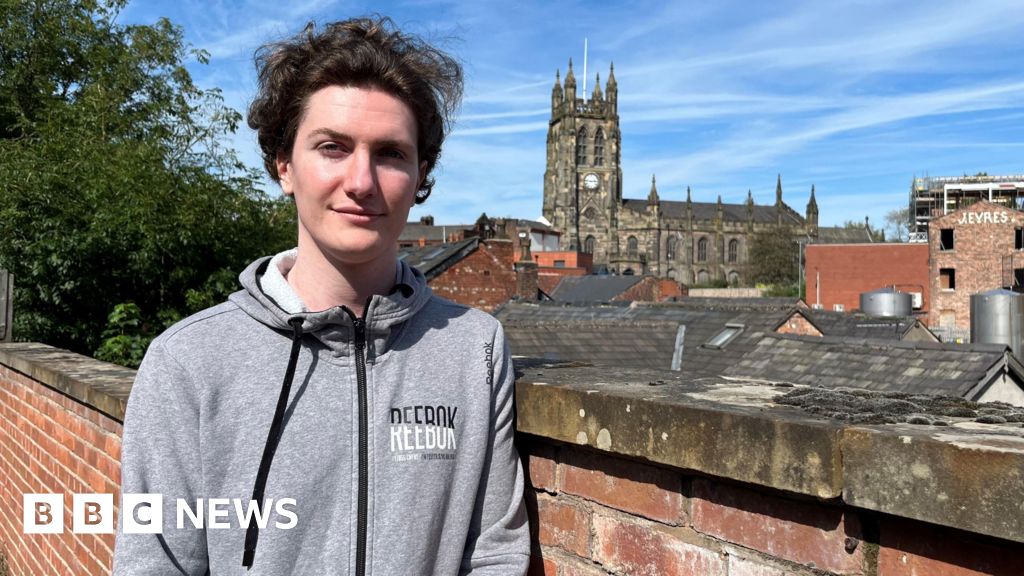



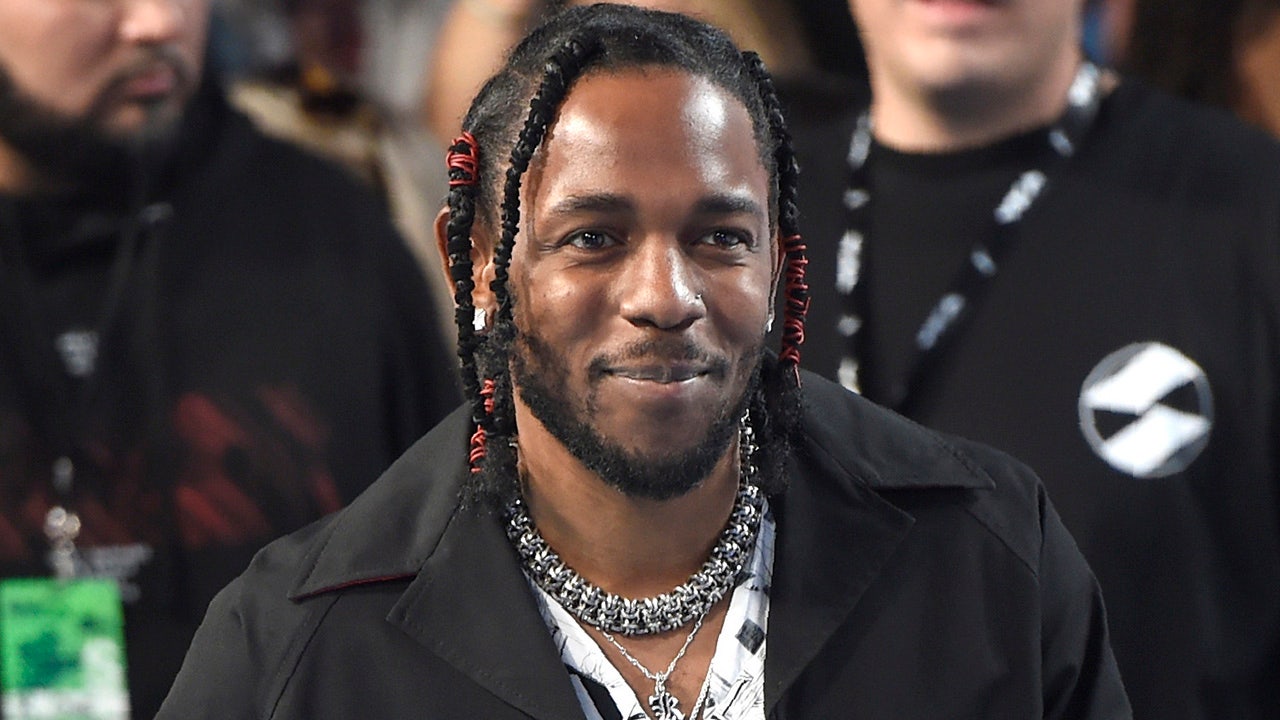
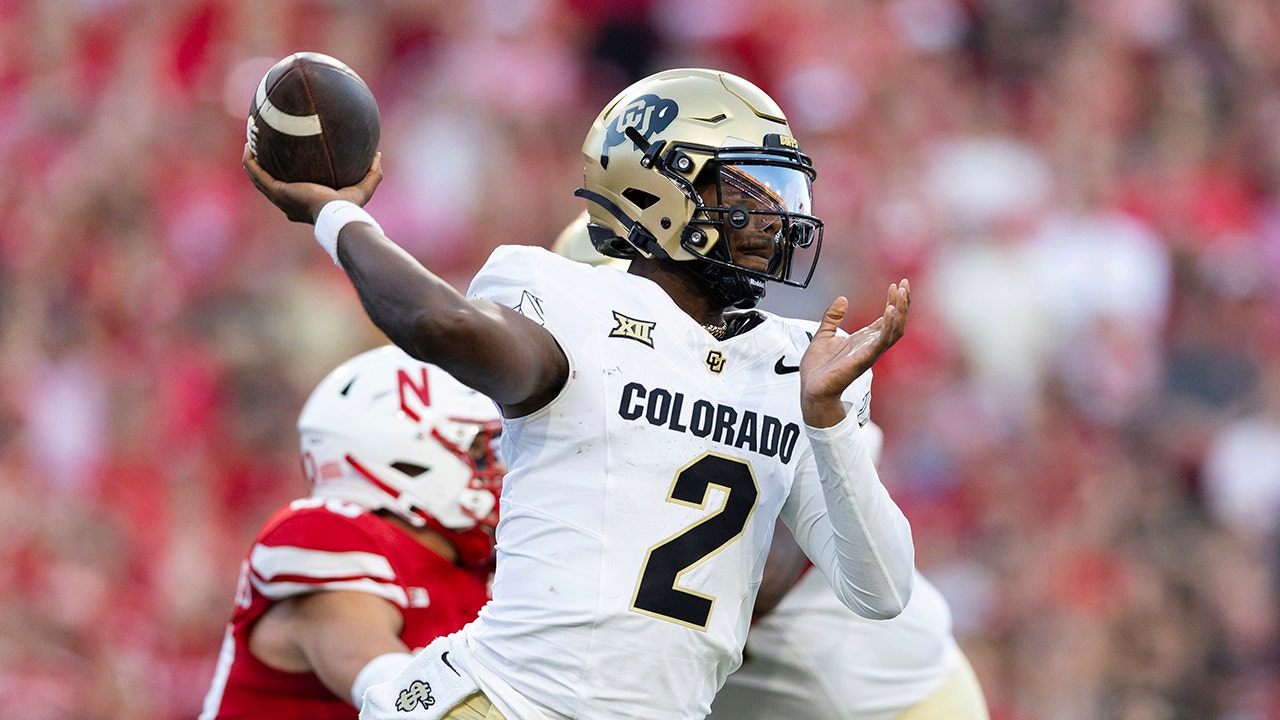

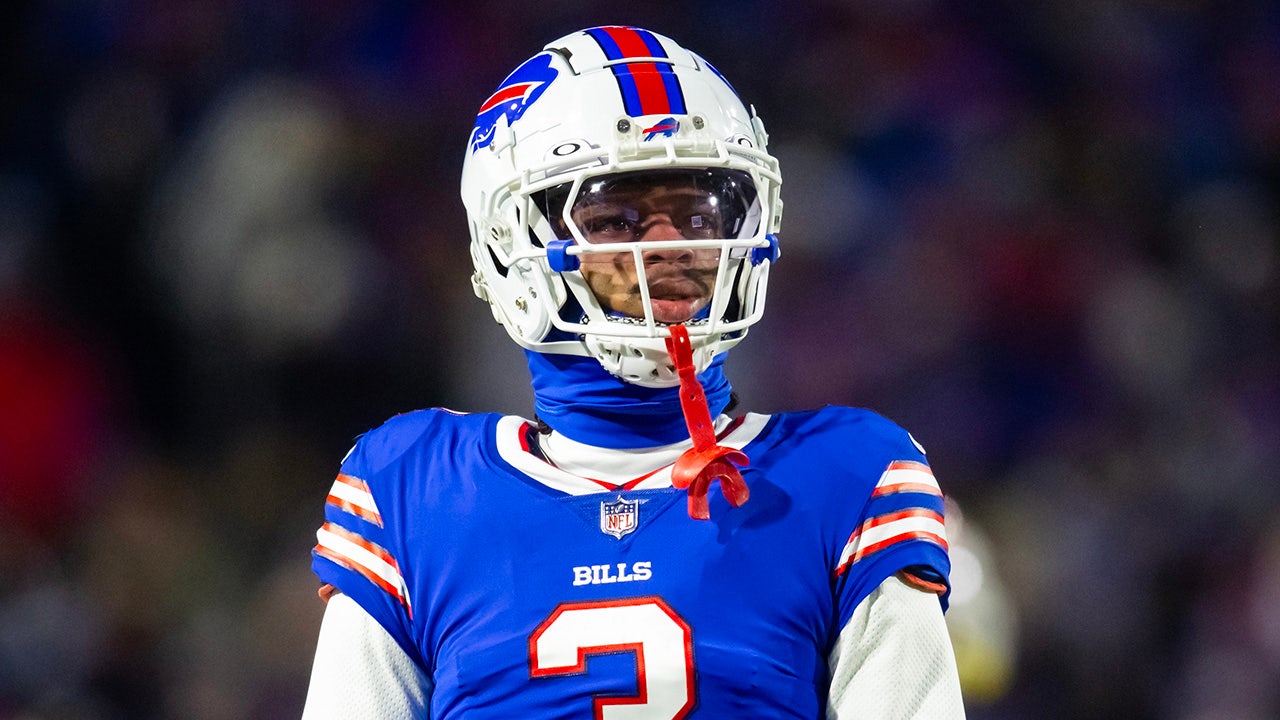








1725792455-0/Untitled-design-(7)1725792455-0.png)





